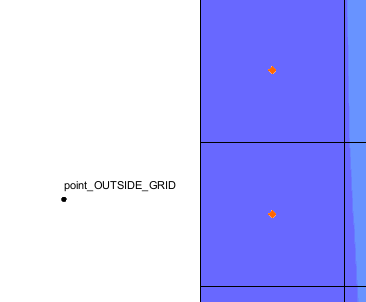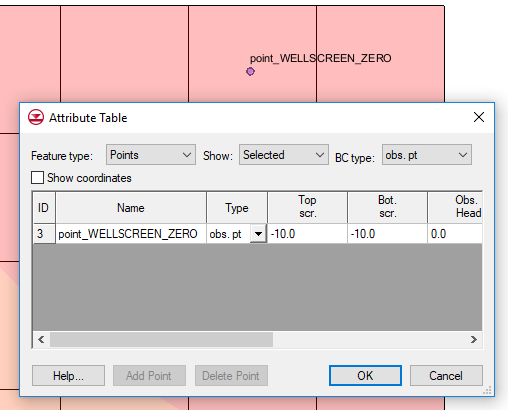We use cookies to make your experience better. To comply with the new e-Privacy directive, we need to ask for your consent to set the cookies. Learn more.
Troubleshooting Observations in GMS
After creating your observation points in GMS, have you ever reviewed the results from the observation wells and thought they didn't look right? It can sometimes happen that observation wells give back the wrong values or are missing altogether. This can happen for a number of reasons.
Here are a few tips to help ensure that your observation points give back accurate information:
- Review the location of the observation points/wells. Make certain the point is located on the grid. A common issue is that the elevation of the point causes it to be above or below the grid, so be certain to review this.
- Make certain the observation points have correctly mapped over to the grid. If the point is outside of the grid area, then it will not be included in the model run.
- After being mapped over, check that the observation wells are in the correct layer of the grid. If the observation point is meant to be on more than one layer, make certain it shows up on each layer.
- When using a well screen, check the length of the point. If the length is 0, then the observation point will not be able to record any results. Check that the top screen elevation is higher (greater) than the bottom screen elevation by a positive, non-zero amount.
- Check that the observation point is in cells that are active. If there are no head values, or the cell is dry, then it is unlikely that the observation point will provide any useful information.


These are just some of the items to look for when using observation points in GMS. For most of these issues, when you save the file, a warning message should appear.
If you have a current license of GMS with paid maintenance, you may contact technical support for additional help in using observations. For project specific troubleshooting, contact Aquaveo's consulting team.


